1. What is DSIP?
DSIP (Delta Sleep-Inducing Peptide) is a naturally occurring neuropeptide composed of 9 amino acids. It was originally isolated from the hypothalamus and is known for its ability to promote delta wave sleep in mammals. DSIP has been studied for its roles in regulating sleep patterns, modulating stress response, and supporting endocrine function. It is considered a promising agent in sleep research and neuroendocrine modulation.
2. DSIP Structure
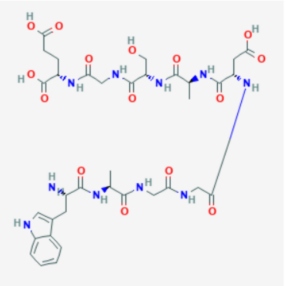
【pictures linking,https://pubchem.ncbi.nlm.nih.gov/compound/68816】
Sequence: Trp-Ala-G|y-G|y-Asp-Ala-Ser-Gly-Glu
Molecular Formula: C35H48N10O15
Molecular Weight:848.824 g/mol
PubChem CID: 68816
CAS Number: 62568-57-4
Synonyms: Emideltide,DSIP nonapeptide, Deltaran
3. DSIP Research
Delta Sleep-Inducing Peptide (DSIP) is a short-chain nonapeptide (comprising 9 amino acids) originally discovered in the hypothalamus, noted for its ability to enhance deep (delta-wave) sleep without causing sedation or cognitive impairment. Unlike conventional sleep aids, DSIP interacts with multiple systems within the central nervous and endocrine axes to promote restorative sleep, reduce stress, and stabilize hormonal function—all without habit-forming effects.
Its wide-ranging influence over neurotransmitters, hormone release, and homeostatic balance has led to increasing interest from the longevity, biohacking, and performance recovery communities.
Learn more about the biological roles of delta sleep and peptide neuromodulators.
【1】Mechanism of Action
DSIP is not a sedative in the traditional sense. Instead, it works as a neuromodulator affecting various neurotransmitters and hormonal feedback loops. Its key mechanisms include:
- 🧠 Enhancing GABAergic signaling:DSIP supports inhibitory signals in the brain, particularly through the GABA-A receptor pathway
【https://pmc.ncbi.nlm.nih.gov/articles/PMC3682333/】, helping promote calm and reduce mental hyperarousal.
- 🔄 Interacting with the HPA Axis:It influences the hypothalamic-pituitary-adrenal (HPA) axis
【https://www.ncbi.nlm.nih.gov/books/NBK538239/】, reducing excess ACTH and cortisol secretion often elevated during stress.
- ⏱ Stabilizing circadian rhythms: DSIP may regulate melatonin secretion from the pineal glandand support endogenous GH release, aligning with the body’s biological night.
- 🧪Modulating opioid and NMDA systems:It shows mild activity in reducing pain sensitivity and improving nociceptive thresholds, contributing to better rest in pain-afflicted individuals.
These combined effects promote slow-wave (delta) sleep—the most restorative stage of the sleep cycle, associated with memory consolidation, immune regulation, and physical recovery.
【2】Functional & Clinical Applications
DSIP has gained attention both in clinical environments and wellness circles due to its broad systemic benefits and ultra-low dosing requirement (often 100–300 mcg):
Sleep & Recovery
- Promotesdeep-stage (non-REM) sleep,increasing time spent in slow-wave sleep
- Reduces nighttime awakenings and improves sleep continuity
- Does not impair REM function or cause morning grogginess
See supporting data in this sleep physiology study
【https://pubmed.ncbi.nlm.nih.gov/18591785/】.
Stress Modulation
- Downregulates cortisol surgesassociated with acute or chronic stress
- Potentially normalizesACTH and CRH cycles
- Supports parasympathetic dominance, aiding in relaxation
Read more on HPA axis dysfunction and fatigue
【https://pmc.ncbi.nlm.nih.gov/articles/PMC4997433/】.
Cognitive & Neurological Support
- May reduce symptoms of neuroinflammationandburnout
- Contributes to clearer cognition and reduced mental fatigue
- Supports serotoninanddopamine regulation for mood stabilization
Jet Lag & Shift Work
- Supports rapid circadian rhythm resynchronizationfor travelers or night-shift professionals
- May be used short-term to realign sleep architecture without pharmacological sedation
Explore DSIP’s chronobiology effects here
【https://pubmed.ncbi.nlm.nih.gov/3875137/】.
✅ Why Consider DSIP?
- 🌙 Promotes deep, restorative sleep without sedation
- 🔄 Supports hormonal rebalancing, including GH and cortisol modulation
- 🧠 Improves mood clarity and reduces stress-induced burnout
- 🧬 Non-habit forming and suitable for long-term wellness programs
- 🛌 Ideal for shift workers, jet lag, or sleep-deprived individuals
- ⚖️ Balances nervous system tone and reduces sympathetic dominance
- 🩺 Well-tolerated with no addictive potential or morning fatigue
4. Future DSIP Research
【1】Clarifying Endogenous Production & Neuroendocrine Function
Despite being first identified from rabbit blood in 1977, DSIP’s status as an endogenous neuropeptide remains poorly defined. According to a 2006 review in Journal of Neurochemistry, the absence of a known DSIP gene, receptor, or precursor peptide hinders our understanding of its physiological role【https://pubmed.ncbi.nlm.nih.gov/16539679/】 . Future research should aim to:
- Isolate native DSIP-like peptides from mammalian hypothalamus or peripheral tissues using modern proteomic and transcriptomic tools.
- Identify binding partners or receptors through ligand-receptor screening or photoaffinity labeling, enabling mechanistic insight into how DSIP exerts neuroendocrine effects.
Such work could validate whether DSIP is a key actor in stress regulation, sleep-wake cycling, or hormonal homeostasis, illuminating pathways previously suggested but not proven.
【2】 Innovative Therapeutic & Functional Applications
While early studies explored DSIP for sleep enhancement and analgesia, recent findings point toward stroke recovery, pain modulation, and even mitochondrial resilience. For instance, a 2021 rodent study (Molecules) demonstrated that intranasal DSIP accelerated motor recovery after cerebral ischemia and boosted mitochondrial antioxidant enzymes【https://www.mdpi.com/1420-3049/26/17/5173?utm_source=chatgpt.com】. Future clinical directions include:
- Conductingphase I/II trialsto evaluate intranasal DSIP for stroke rehabilitation, assessing dosing, safety, and motor outcome benefits.
- Exploring analgesic use, particularly for headache or neuropathic pain, drawing on 1987 peptide pain-reducing findings
【https://arxiv.org/abs/2104.08280?utm_source=chatgpt.com】.
- Investigating administration routes like oral, sublingual, or intranasal in light of pilot data showing potential GI absorption ().
Additional research into DSIP analogs may help prolong peptide stability and harness benefits while overcoming rapid degradation.
- Application Area
DSIP is a neuropeptide primarily studied for its role in sleep regulation, stress adaptation, and hormonal balance. Its broad neuroendocrine effects make it relevant in:
- 🧪 Neuroscience and sleep cycle research, particularly for non-sedative sleep enhancement
- ⏳Anti-aging studies,exploring its impact on cortisol regulation and growth hormone secretion
- 🧠 Mood and anxiety research, focusing on stress modulation and neurochemical balance
- 🧬 Endocrine and circadian rhythm studies, including melatonin and hypothalamic-pituitary axis dynamics
Its non-habit-forming profile and regulatory effect on deep sleep architecture make DSIP a valuable tool in central nervous system and sleep-peptide research.
ALL ARTICLES AND PRODUCT INFORMATION PROVIDED ON THIS WEBSITE ARE FOR INFORMATONAL AND EDUCATIONAL PURPOSES ONLY.
The products offered on this website are furnished for in-vitro studies only. In-vitro studies(Latin: in glass) are performed outside of the body. These products are not medicines or drugs and have not been approved by the FDA to prevent, treat or cure any medical condition, ailment or disease. Bodily introduction of any kind into humans or animals is strictly forbidden by law.

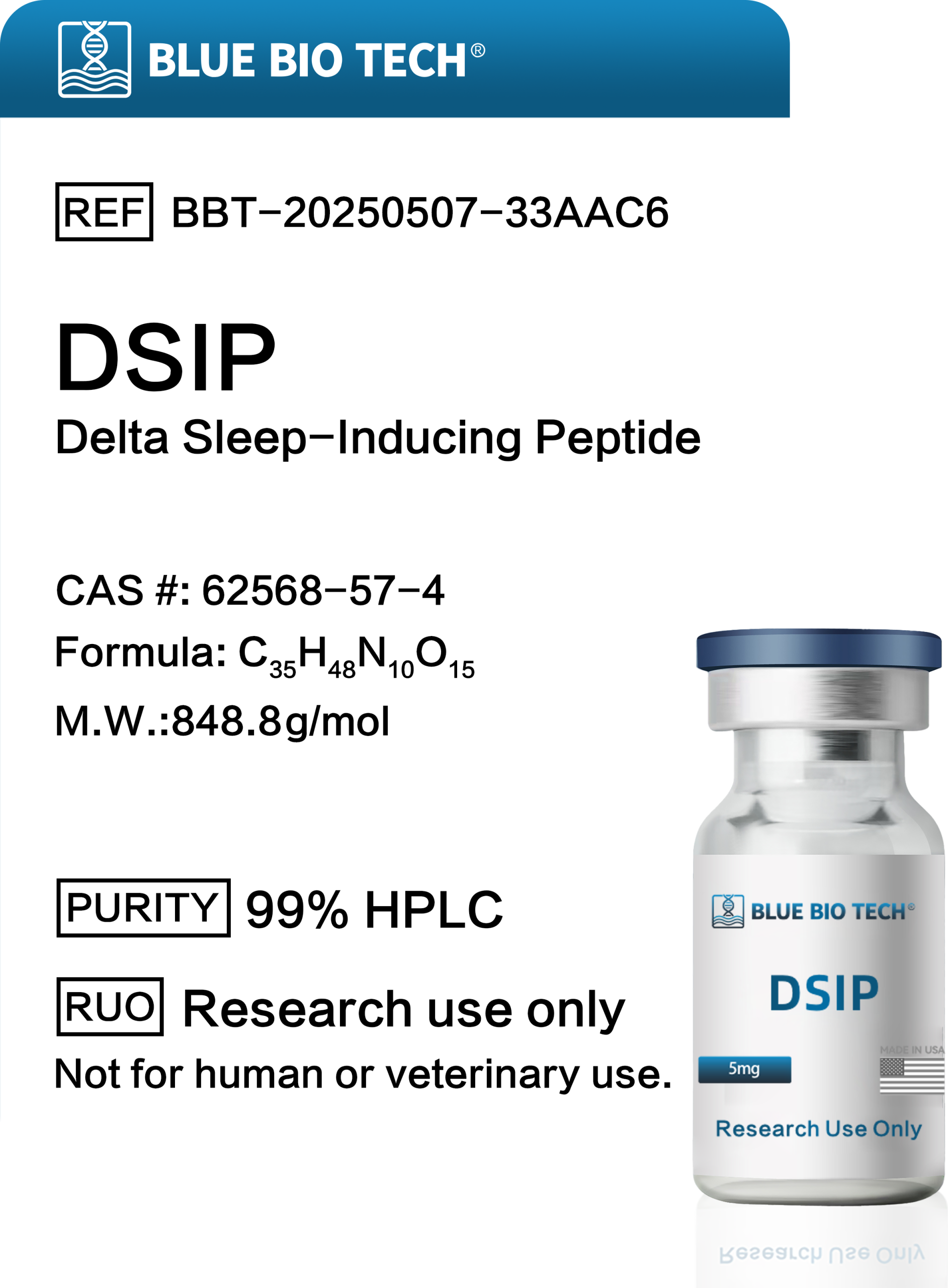

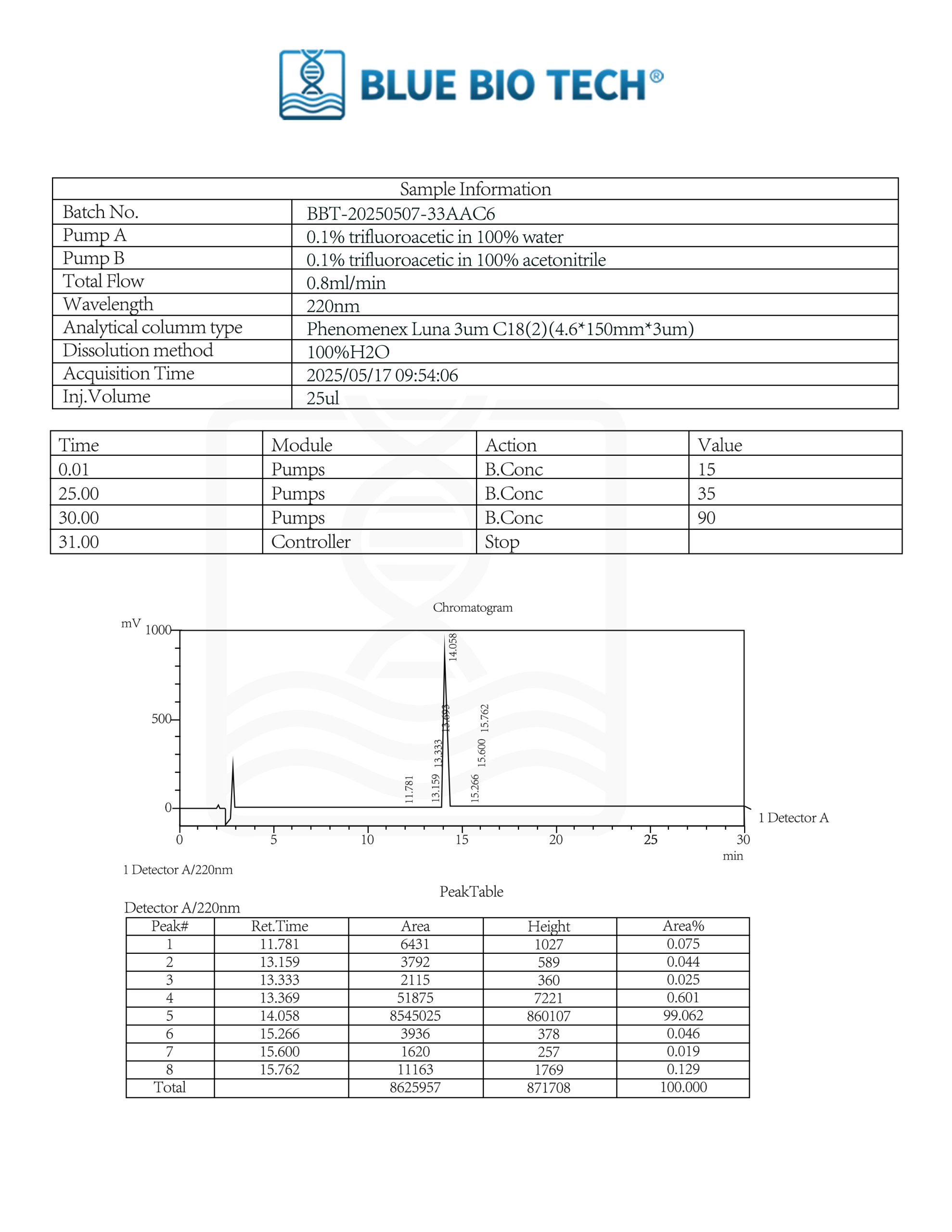
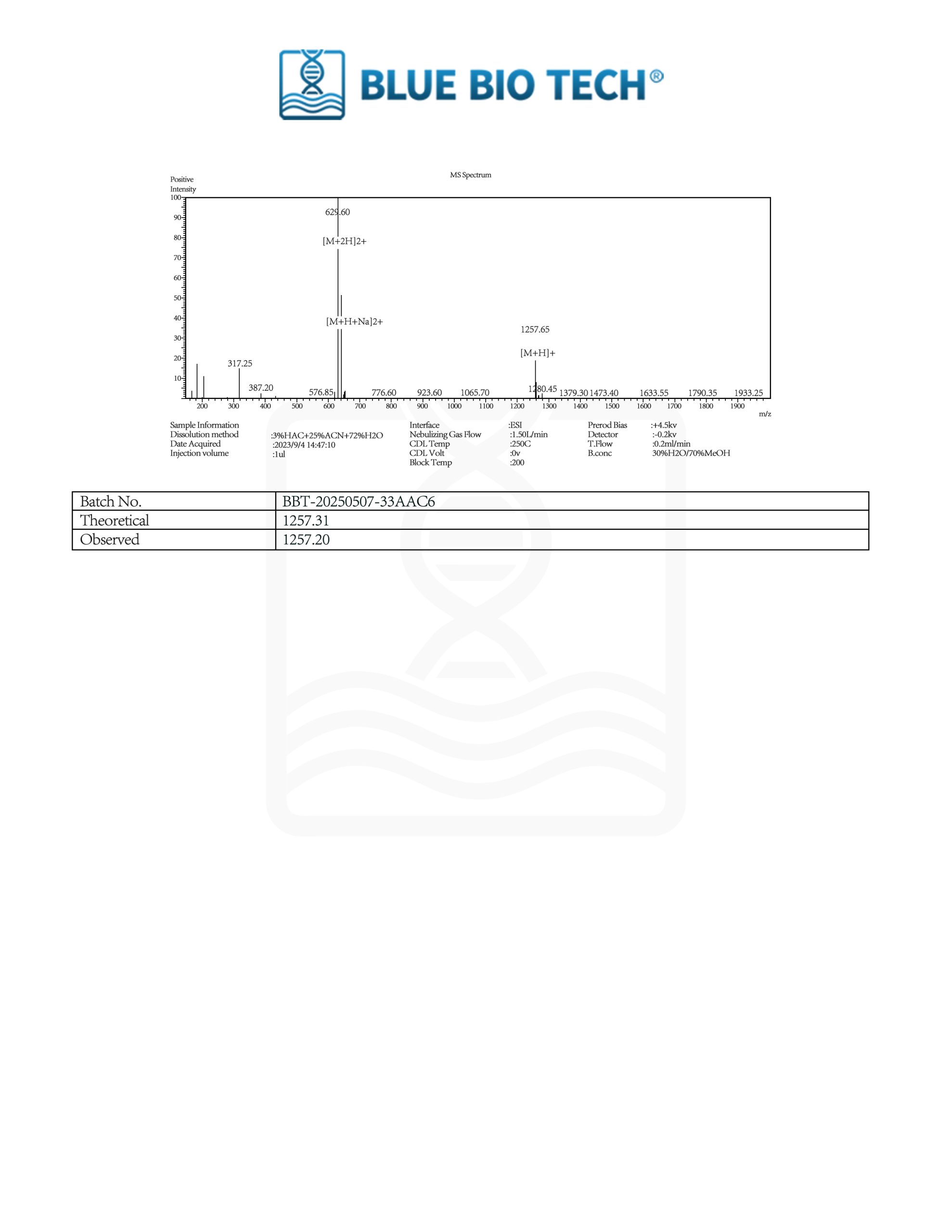
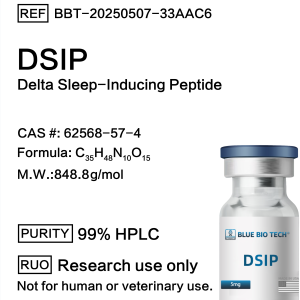
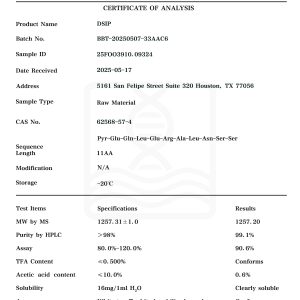
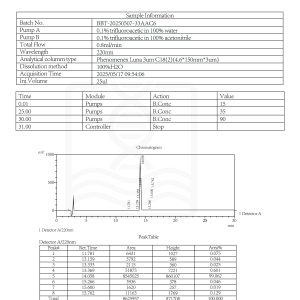
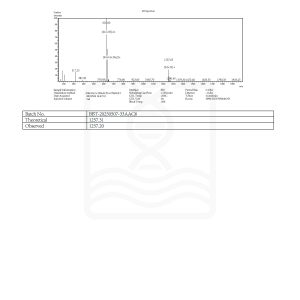
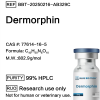
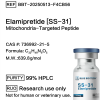
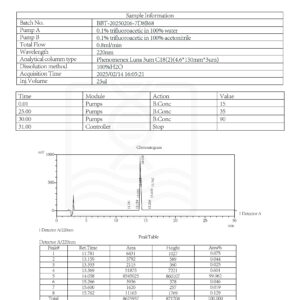
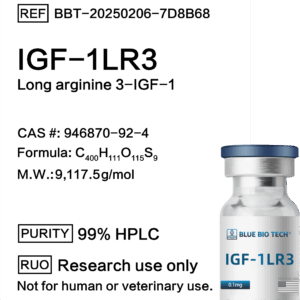
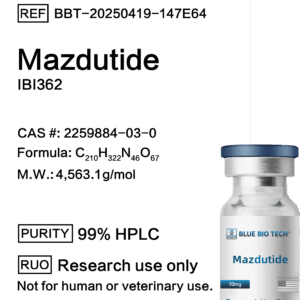
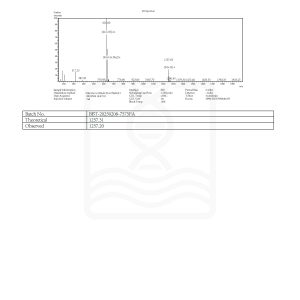
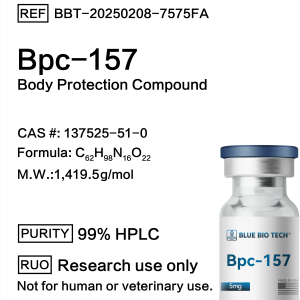
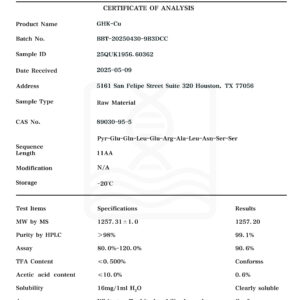
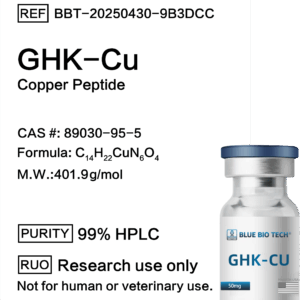
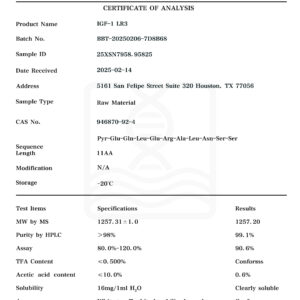
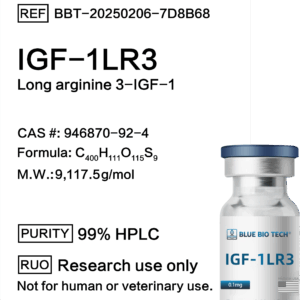
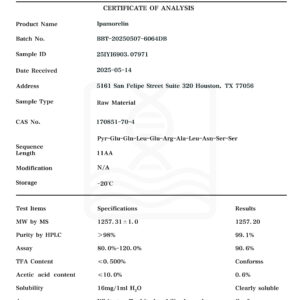
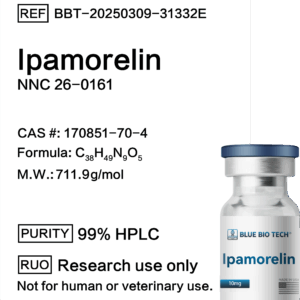
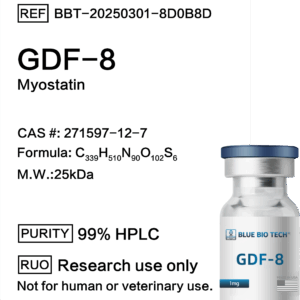
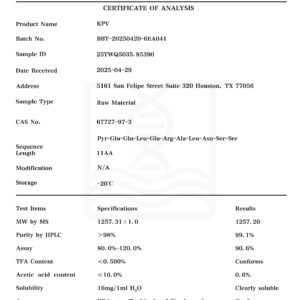
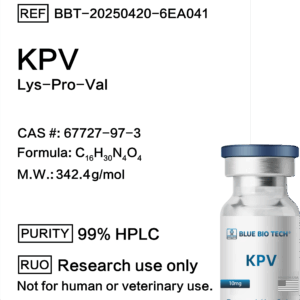
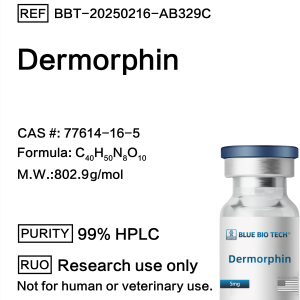
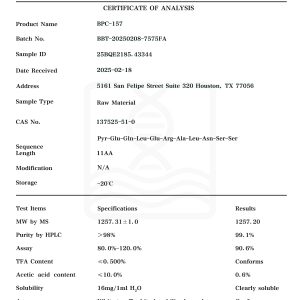
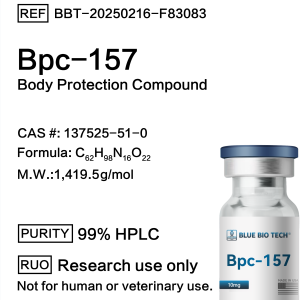

Reviews
There are no reviews yet.